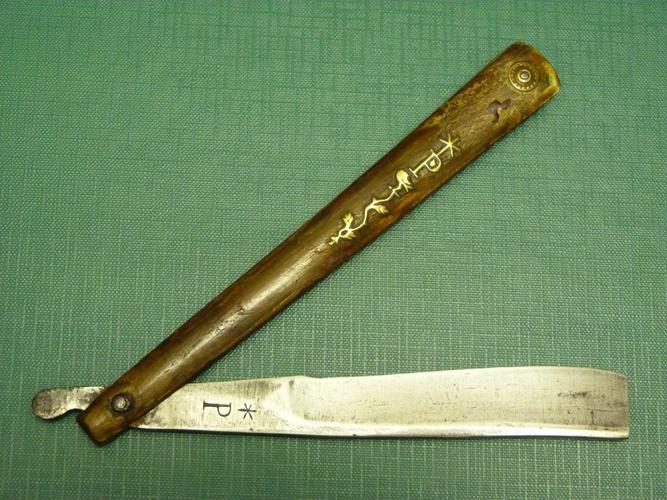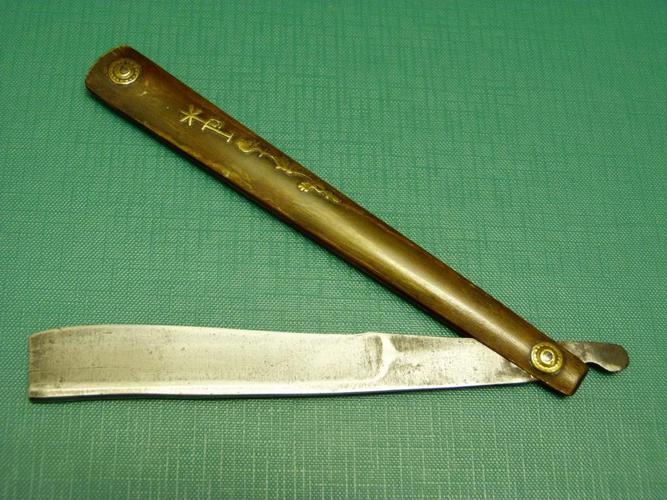Results 1 to 8 of 8
 20Likes
20Likes
Thread: Asking for help to identify an early razor
-
11-20-2015, 09:29 PM #1Junior Member

- Join Date
- Mar 2012
- Location
- Switzerland
- Posts
- 7
Thanked: 0 Asking for help to identify an early razor
Asking for help to identify an early razor


Hi,
I hope somebody could help me dating this razor and give me some more information, i.e. country of origin, maker, etc.
Thank you.
Richard R.
-
11-21-2015, 01:52 AM #2Historically Inquisitive



- Join Date
- Aug 2011
- Location
- Upstate New York
- Posts
- 5,782
- Blog Entries
- 1
Thanked: 4249
Welcome to SRP, your razor is definitely English from Sheffield, late 1700's. You can find more information on the following thread. http://straightrazorpalace.com/razor...king-info.html
-
11-21-2015, 02:02 AM #3

That is in stunning condition, looks like it's sat untouched for 200+ years - what a beautiful straight razor - wow!

-
11-21-2015, 02:05 AM #4

Welcome to SRP. Very nice example, as Martin said, of a late 1700s razor. Around here we call those 'stub tails' because the 'monkey tail is so short. You can really notice what I mean when the razor is folded into the scales (handles).
When the scales are perfectly straight, and there is no transition between the tang and the cutting edge, plus the stub tail, you're talking late 1700s. In the early 1800s the scales began to curve slightly and there started to be a distinct tang. Too many cut thumb pads I suspect before then.Last edited by JimmyHAD; 11-21-2015 at 02:08 AM.
Be careful how you treat people on your way up, you may meet them again on your way back down.
-
11-21-2015, 03:23 PM #5Junior Member

- Join Date
- Mar 2012
- Location
- Switzerland
- Posts
- 7
Thanked: 0
Thank you all for your information and the link to the previous thread on *P marked razor.
Great help.
-
11-21-2015, 07:23 PM #6

Wow, looks great for it's age. Fantastic score!!!!!
-
11-22-2015, 04:25 AM #7

There are a number of examples of scales on last quarter of 18th century razors that have more curvature than those seen until the 1840s or so, so this isn't the best system to go on, but pretty good. This particular razor has a hollow in the spine near the toe that seems to be from earlier razors, around the 1780s or so +/- a few decades (based on some dated examples). It's difficult to say for sure but I would put this razor somewhere around there. Nearly no transition between edge and tang persisted for at least a century (more but the overall shape changed a bit), I think it was just stylistic - I imagine with the advances in other aspects of engineering they would have figured a way to sort out thumb cuts in that timeframe if it were a problem.
-
11-22-2015, 04:44 PM #8Senior Member


- Join Date
- May 2014
- Location
- Bryan, TX
- Posts
- 1,251
Thanked: 228
Wow! That's a nice find!
Mike



 LinkBack URL
LinkBack URL About LinkBacks
About LinkBacks






 Reply With Quote
Reply With Quote





